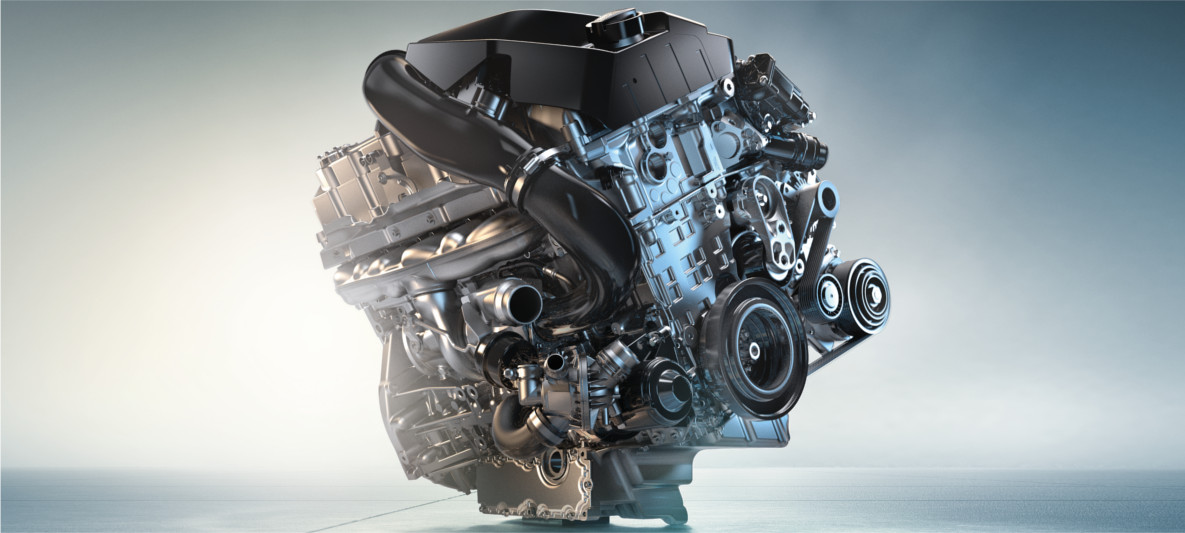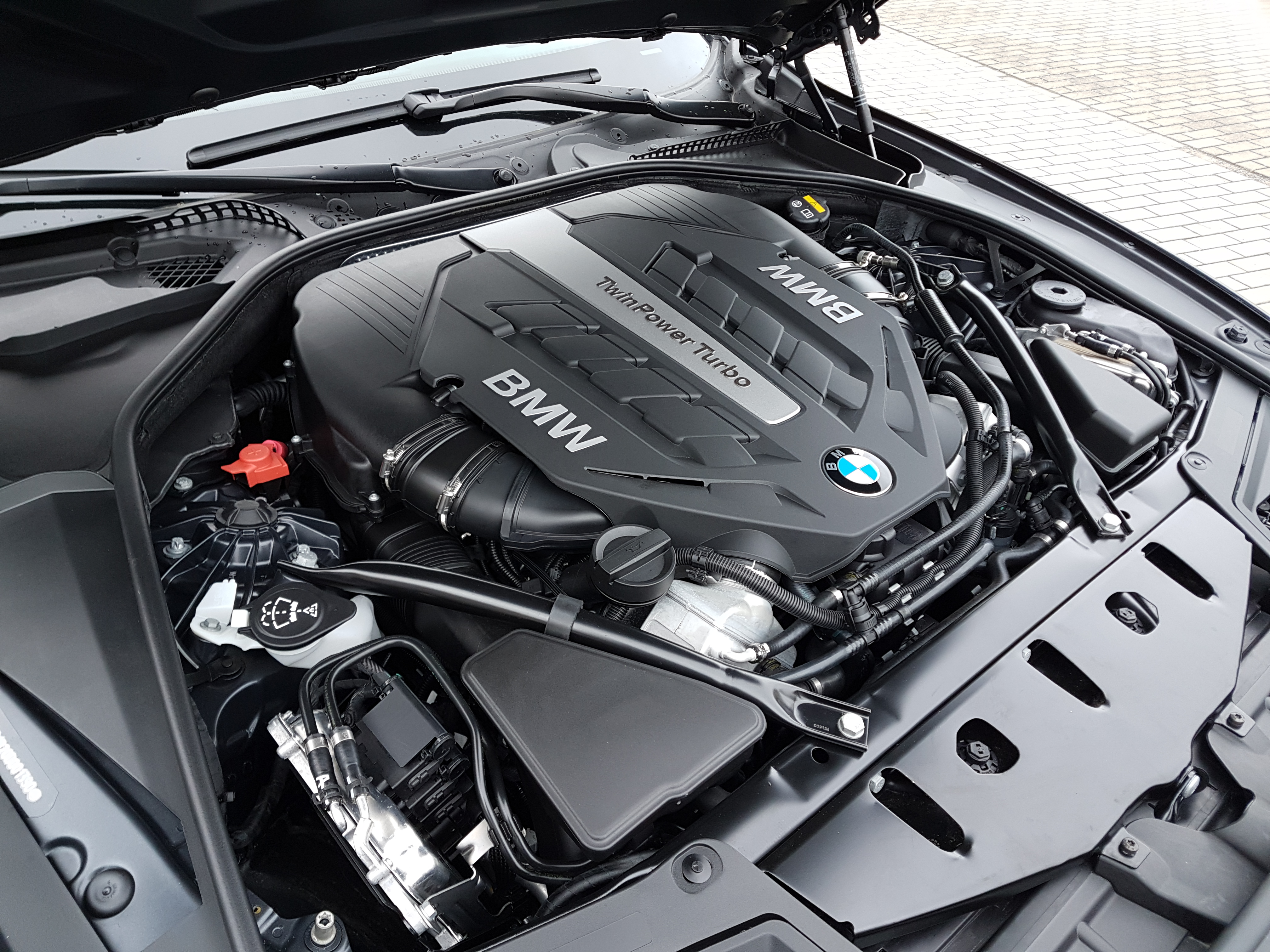Top 5 BMW Engine Technologies Revolutionizing the Automotive Market
Top 5 BMW Engine Technologies Revolutionizing the Automotive Market
Blog Article
Discovering the Evolution of Combustion Engines in Modern Transportation Solutions
As we browse the landscape of modern-day transport, the advancement of combustion engines stands as a testament to human ingenuity and design prowess. From their simple starts to the innovative powerhouses thrusting lorries today, burning engines have undergone an amazing journey of technology and adjustment. Comprehending the intricacies of this development not just clarifies the past yet additionally paves the method for picturing what lies in advance in the world of transport innovation. The interaction of background, technology, and environmental concerns fit the trajectory of burning engines develops a narrative that is both insightful and engaging.
Very Early Beginnings of Combustion Engines
Just how did the principle of combustion engines first arise in the beginning of transportation growth? When the concepts of interior burning were very first discovered, the origins of burning engines can be mapped back to the 17th century. In 1673, Christian Huygens conceived a basic internal combustion engine that made use of gunpowder to generate power. It had not been until the late 19th century that practical applications of combustion engines in transportation began to arise.
The innovation minute came with the creation of the initial effective gasoline-powered engine by Karl Benz in 1885 - bmw engine. This engine led the way for the growth of the modern-day automobile, revolutionizing transportation systems worldwide. Subsequent advancements by Nikolaus Otto and Gottlieb Daimler further refined combustion engine innovation, causing the automation of automobiles and the rapid development of the transport sector
These early burning engines were characterized by their simplicity and performance, laying the foundation for the facility and powerful engines used in contemporary transportation systems. The evolution of combustion engines has contributed in shaping the way we take a trip and carry items, marking a considerable turning point in the history of transport advancement.
Shift to Internal Combustion Technology
The transition to inner burning technology noted a pivotal shift in the advancement of transport systems. This shift began in the late 19th century, with creators like Nikolaus Otto and Gottlieb Daimler establishing the initial successful inner combustion engines. These engines revolutionized transport by supplying a more effective and effective choice to heavy steam engines and electrical motors.
One of the crucial advantages of internal combustion engines was their capability to be scaled down to match cars, causing the development of automobiles and bikes. This change from bulky, stationary engines to portable, mobile ones led the way for the modern-day transport systems we see today.
The change to interior burning modern technology likewise spurred innovations in fuel innovation, leading to the advancement of gas and diesel as primary gas resources for lorries. This shift not only made transport much more obtainable to the masses however likewise laid the foundation for the oil and gas industry to come to be essential to worldwide economic climates.
Influence of Combustion Engines on Transport
The fostering of combustion engines in transport systems catalyzed a profound shift in the effectiveness and speed of global movement. Combustion engines reinvented transport by giving a reliable and versatile source of power for various vehicles, consisting of cars and trucks, ships, trucks, and airplanes. This development significantly enhanced the capability for items and people to relocate over fars away in much shorter timespan, resulting in enhanced connectivity in between areas and countries.
In addition, the extensive use of burning engines has actually had a substantial effect on economic development. The capacity to carry goods efficiently has actually spurred trade and commerce, allowing companies to broaden their markets and reach customers worldwide. This has helped with economic development and globalization, as items can now be delivered quicker and in larger amounts than in the past.
Nevertheless, the environmental effect of burning engines can not be ignored. The combustion of nonrenewable fuel sources has actually led to air pollution and greenhouse gas exhausts, adding to climate change and posturing health risks to populations. bmw engine. Because of this, there is a growing emphasis on developing different propulsion innovations to reduce these negative effects and create a much more lasting future for transportation
Advancements in Combustion Engine Style
One significant development is the advancement of turbocharged engines, which make use of exhaust gases to drive a wind turbine that presses incoming air, allowing for even more gas to find be charred, resulting in enhanced power output without a substantial boost in engine size. Variable valve timing systems have actually also changed engine style by maximizing air flow at various engine rates, boosting both power and efficiency. These developments jointly add to the constant enhancement of burning engines in modern transport systems.
Future Trends in Combustion Engine Advancement
With modern technology advancements driving constant technology, the future of burning engine growth is positioned to revolutionize transportation systems worldwide. One of the key patterns in combustion engine development is the press towards better effectiveness and reduced discharges.
Another noticeable fad is the fostering of crossbreed innovations in burning engines. Crossbreed engines combine typical combustion innovation with electrical power, providing improved gas effectiveness and reduced discharges. As the vehicle industry changes in the direction of electrification, hybrid burning engines are viewed as a transitional service that connects the space between conventional cars and fully electrical ones.
Additionally, the combination of clever innovations, such as expert system and data analytics, is expected to play a substantial duty in the future of combustion engine advancement. These modern technologies can maximize engine efficiency in real-time, bring about more effective combustion processes and boosted total lorry performance. Welcoming these future patterns will not just drive advancement in combustion engine growth yet additionally contribute to an extra sustainable and environmentally pleasant transport ecological community.

Final Thought
In verdict, the advancement of combustion engines in modern-day transport systems has been noted by substantial advancements in this post innovation and layout. From the very early starts of burning engines to the transition to interior combustion technology, these engines have had a profound effect on transport.
The origins of combustion engines can be mapped back to the 17th century when the principles of go to the website interior burning were first explored. These engines reinvented transportation by providing a much more effective and effective alternative to vapor engines and electric motors.

Report this page